Table of Contents
ToggleThe Pink Princess Philodendron is a plant that often grabs attention with its vibrant pink and green leaves. However, maintaining that lush, full appearance can sometimes be tricky. If you’ve noticed your plant looking a bit lanky, with long stems and fewer leaves, it’s probably going through what’s known as leggy growth. This isn’t just an aesthetic issue; it’s a sign that your plant might not be getting everything it needs to thrive. Fortunately, with a few adjustments, you can help your Pink Princess regain its bushy, vibrant look. Let’s dive into what causes this leggy growth and how you can fix it.
What is Leggy Growth?
So, what does “leggy” even mean? When a plant gets leggy, it starts growing long, thin stems with fewer leaves than it should. Instead of that full, bushy look we all love, your plant ends up looking stretched out, like it’s reaching for something it’s missing. Usually, that something is light. Plants stretch out when they don’t get enough light, trying to find more. It’s called etiolation, and while it’s a natural response, it’s not what you want to see in your Pink Princess.
Causes of Leggy Growth in Pink Princess Philodendron
Inadequate Lighting
The most common reason for a leggy Pink Princess Philodendron is not enough light. I made this mistake myself by placing my plant too far from the window. It got some light, sure, but not nearly enough. Pink Princess Philodendrons love bright, indirect light. When they don’t get enough, they start stretching out towards whatever light they can find. If your plant is growing towards the window or another light source, it’s a sign it’s not getting the light it needs.
When I moved my plant closer to a bright, east-facing window, things started to improve. The new leaves were bigger, healthier, and the plant looked fuller overall. So, if your Pink Princess is looking a little too stretched out, try moving it to a brighter spot and see what happens.
Overfertilization
I used to think that giving my plant more fertilizer would make it grow faster and look better. But too much fertilizer can actually cause your plant to grow too quickly, leading to weak, leggy stems. My Pink Princess Philodendron started growing taller, but the stems were thin and couldn’t hold up the leaves properly.
Now, I stick to a balanced fertilizer and only use it during the growing season. This way, the plant gets the nutrients it needs without overdoing it. With Pink Princess Philodendrons, less really is more.
Improper Watering and Humidity Levels
Watering and humidity also play a big role in how your plant grows. When I wasn’t consistent with my watering, my Pink Princess started to look a bit sad. These plants love humidity and regular watering. If the air is too dry or you let the soil dry out too much between waterings, your plant might start to stretch out.
I’ve found that keeping the soil slightly moist and the humidity level around 50-60% works best for my Pink Princess. You can use a humidifier or place the plant on a tray with water and pebbles to help maintain the right conditions.
Natural Growth Habits
Sometimes, a little legginess is just part of the plant’s natural cycle, especially during the winter when there’s less light. In these cases, don’t stress too much. Just keep caring for your plant as best you can, and it should bounce back when the days get longer.
How to Fix a Leggy Pink Princess Philodendron?
Adjust Lighting Conditions
The first thing you should do to fix a leggy Pink Princess Philodendron is to give it more light. Move your plant to a spot where it can get plenty of bright, indirect light. East or west-facing windows are great because they provide good light without too much direct sun, which can burn the leaves. If natural light is hard to come by, especially in the winter, consider using a grow light. These lights can make a big difference in keeping your plant healthy and compact.
Prune the Leggy Stems
Pruning can also help your plant grow back stronger and bushier. It might feel like you’re cutting away all the progress, but it’s actually one of the best things you can do. When you prune the leggy stems, you’re encouraging the plant to focus its energy on new, healthier growth. Make sure to cut just above a leaf node, as this is where new leaves will grow.
Optimize Watering and Humidity
As mentioned earlier, keeping your plant’s environment consistent is key to preventing leggy growth. Make sure you’re watering your Pink Princess Philodendron regularly, letting the top inch of soil dry out before watering again. If your home is dry, especially in winter, try using a humidifier or placing the plant on a tray filled with water and pebbles to increase humidity.
Fertilization Tips
While it’s important to feed your plant, don’t go overboard. Use a balanced fertilizer during the growing season, but avoid fertilizing during the winter when the plant’s growth naturally slows down. If you’ve been over-fertilizing and notice leggy growth, cut back on the fertilizer and focus on improving the plant’s light and water conditions instead.
Provide Support for the Plant
If your Pink Princess Philodendron is particularly tall or top-heavy, providing some support can help prevent it from falling over. I use bamboo stakes or small trellises to help keep my plant upright while it recovers from its leggy phase. As the plant grows stronger, you can gradually reduce the support.
Preventing Leggy Growth in the Future
Consistent Care Routine
The best way to keep your Pink Princess Philodendron looking lush and full is to stick to a consistent care routine. Regular watering, proper lighting, and occasional pruning will go a long way in preventing leggy growth. When I keep up with my plant care routine, my plants are much happier – and so am I!
Monitoring and Adjusting as Needed
Finally, remember that your plant’s needs can change with the seasons. Keep an eye on how your Pink Princess Philodendron is growing, and be ready to adjust its care as needed. Whether it’s moving it to a brighter spot, tweaking your watering schedule, or adding a bit of humidity, small changes can make a big difference in preventing legginess.
Dealing with a leggy Pink Princess Philodendron can be frustrating, but with the right care, you can get your plant back to its lush, beautiful self. By understanding the causes and taking steps to fix and prevent legginess, you’ll be able to enjoy a healthy, thriving Pink Princess Philodendron for years to come. Happy planting!
FAQs
What causes a Pink Princess Philodendron to become leggy?
The most common cause is inadequate light, which leads the plant to stretch toward available light sources. Over-fertilization and inconsistent watering can also contribute to leggy growth.
How can I fix a leggy Pink Princess Philodendron?
Move your plant to a brighter spot with indirect light, prune leggy stems, adjust watering, and maintain proper humidity levels. Providing support with stakes can also help.
Can leggy growth be prevented in a Pink Princess Philodendron?
Yes, by ensuring consistent care with adequate light, balanced fertilization, and proper watering and humidity levels, you can prevent leggy growth.
Is leggy growth in Pink Princess Philodendrons reversible?
Yes, with proper care and adjustments to its environment, leggy growth can be corrected, and the plant can become fuller and healthier.
Should I prune a leggy Pink Princess Philodendron?
Yes, pruning leggy stems encourages new, healthier growth and helps the plant regain its bushy appearance.
Related
Discover more from Pink Philodendron
Subscribe to get the latest posts sent to your email.

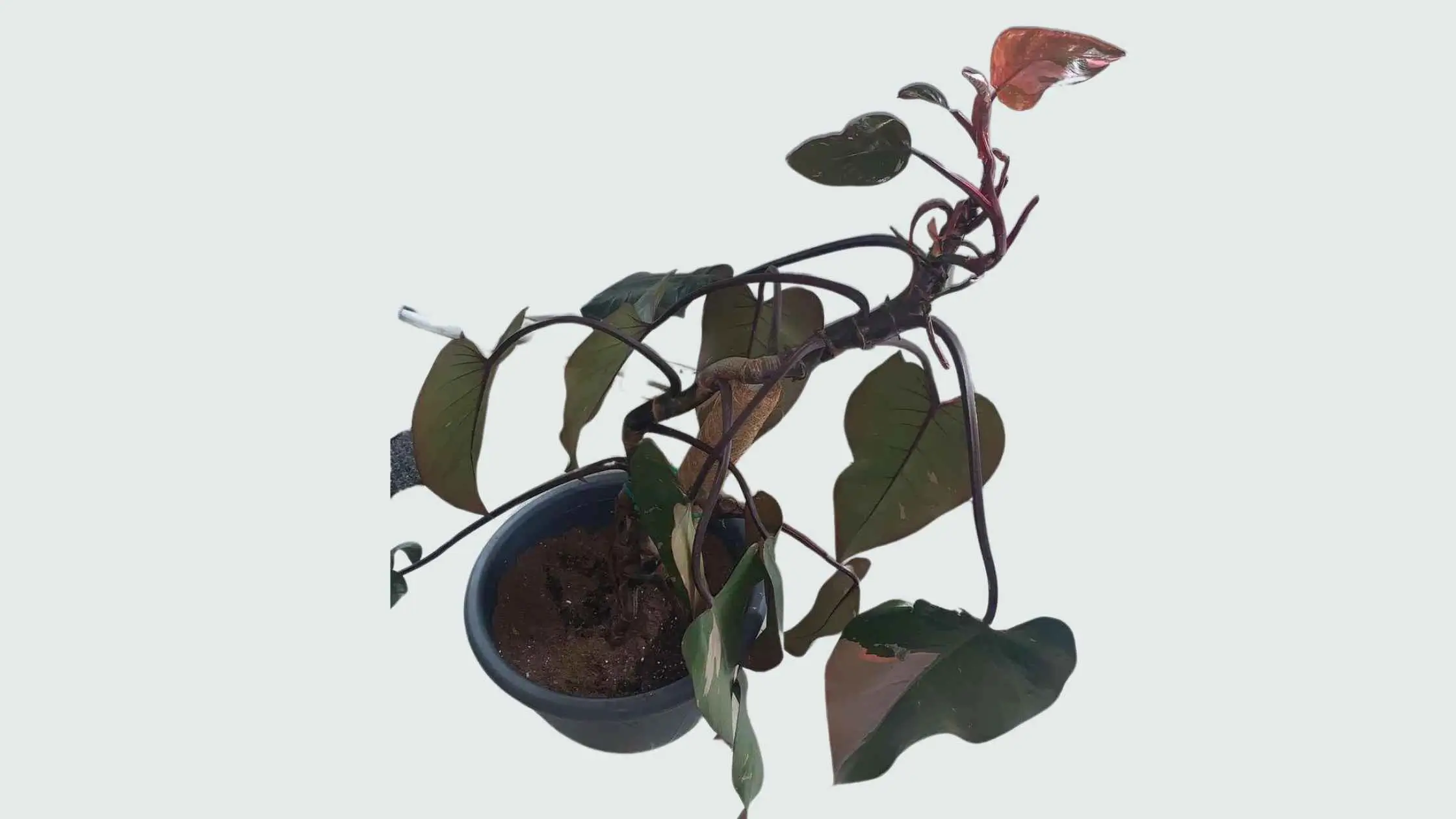
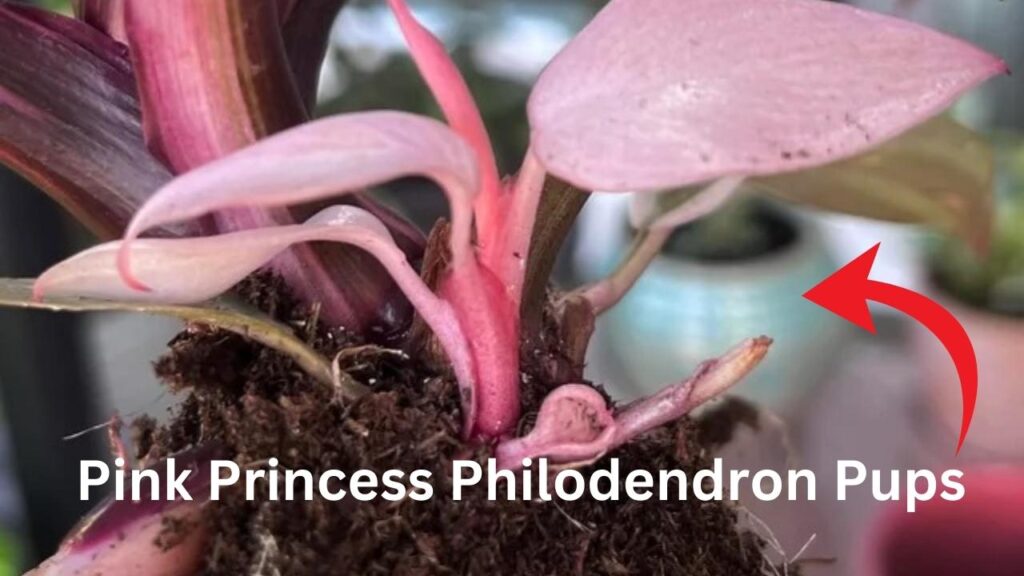







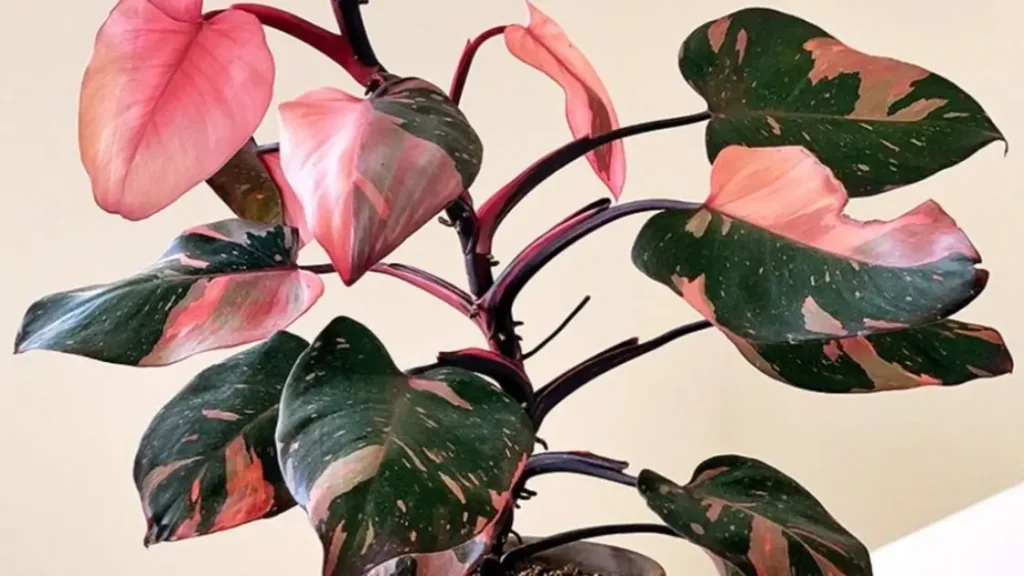

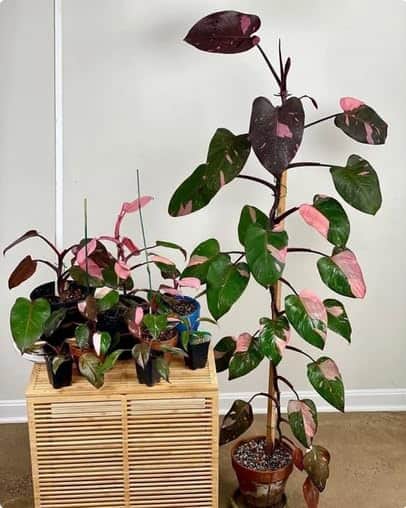
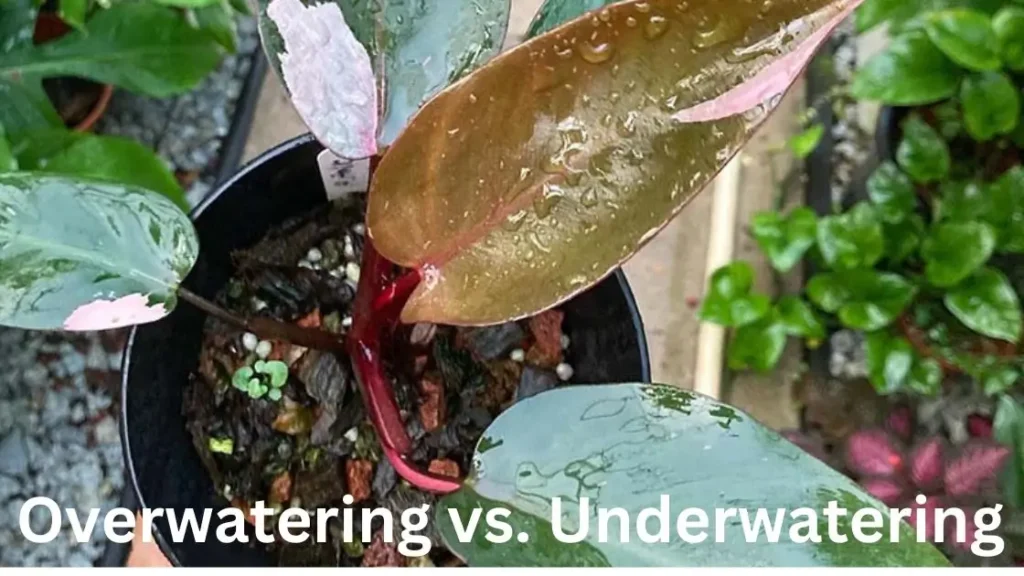
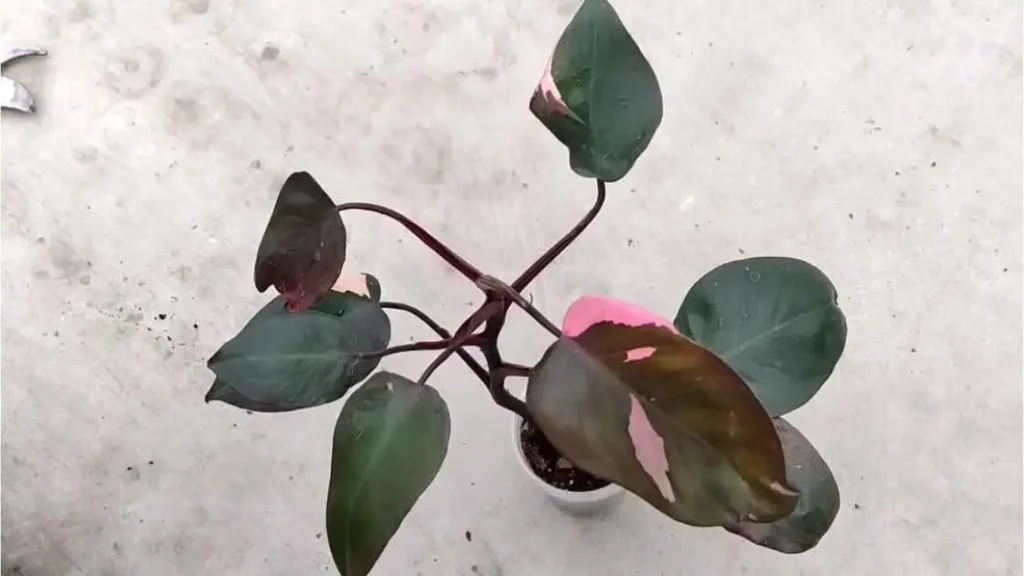










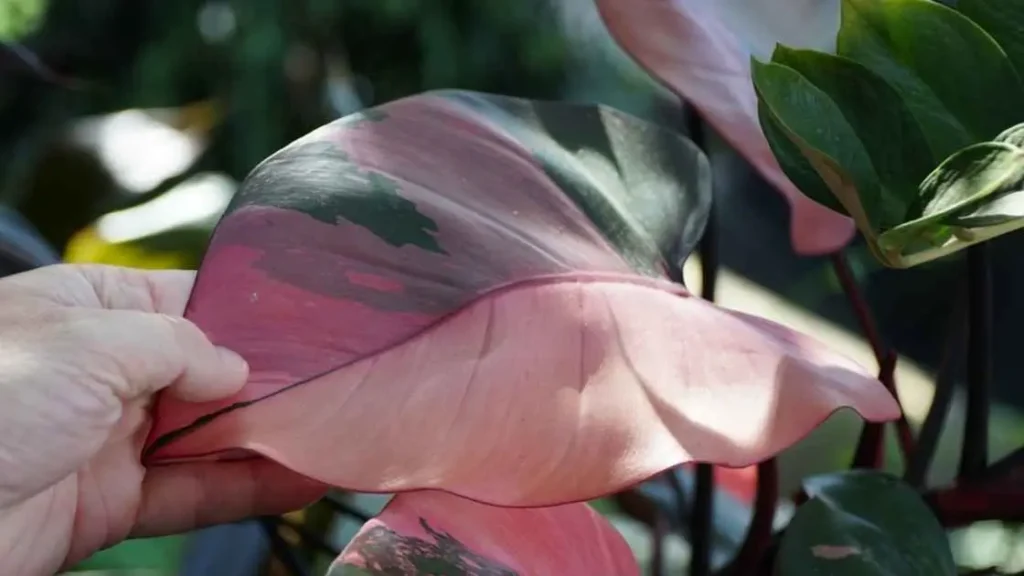






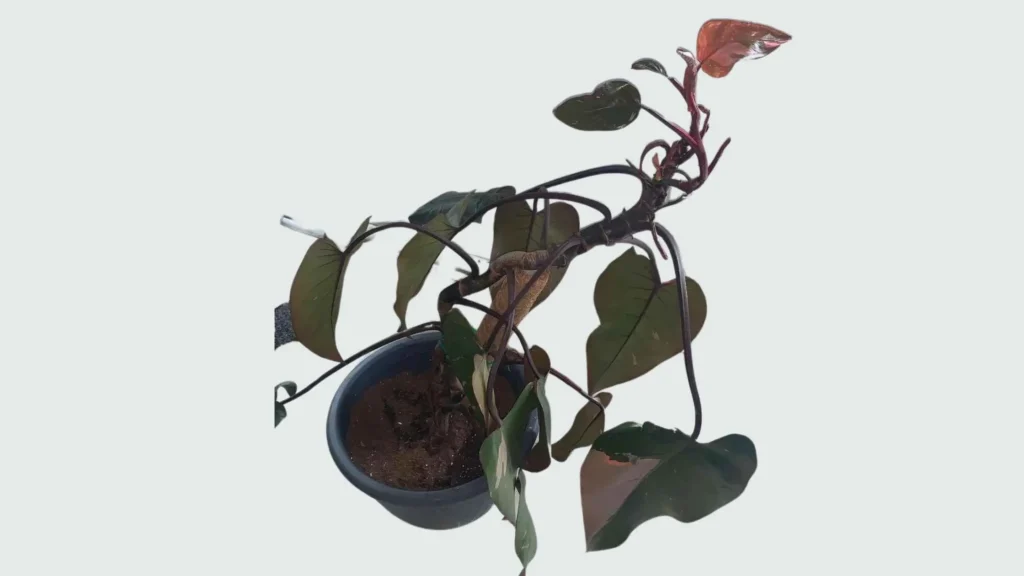









1 thought on “Why Is My Pink Princess Philodendron Leggy? Causes and How to Fix It”